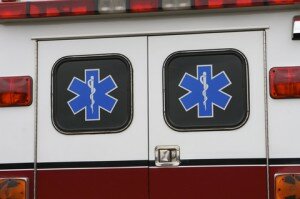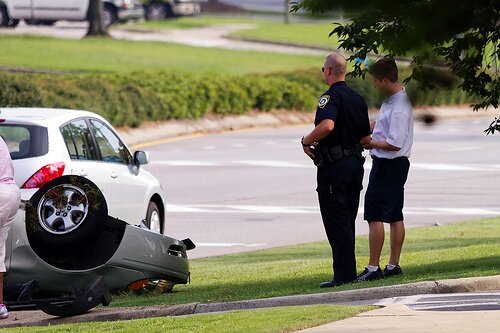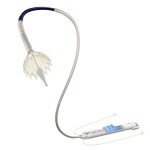
Many more people are dying in road accidents in the EBRD region than in OECD countries and other emerging markets
Proportionally, many more people are dying in road accidents in the EBRD region than in OECD countries and other emerging markets. The human cost of such alarming levels of road safety in our region is estimated to amount to 50,000 deaths and 500,000 injuries every year.
The costs of such carnage are economic as well as human. These may be as high as between 1 and 2 per cent of GDP annually if one calculates the expected life-time earnings loss of those killed in road accidents, the earning loss of those injured, plus medical and vehicle damage costs etc. That is potentially as much as $79 billion for Central and Eastern Europe and $13 billion for the CIS.
Three trends emerge from road safety statistics. One, while the number of fatalities has declined over the past two decades, the number of injuries from accidents has increased.
Two, the number of deaths per 100,000 of population in the EBRD region is considerably higher than those in OECD countries and other emerging markets with similar income level
For example, the number of deaths per 100,000 of population from road accidents is less than 10 in most OECD countries (and. 3.7 for UK, 4.7 for Germany and 6.4 for France), while many of the transition countries are above 10. Most notably Jordan is the highest at 22.9, followed by Kazakhstan at 21.9 and Russia at 18.6.

The third major trend is the increase in car ownership, as measured by the number of passenger cars per 1,000 people. That has roughly doubled in the past decade but it remains less than half of those in Western European countries (The CIS average remains around 150 per 1000 persons while the typical range in Western Europe is from 400 to 600).
Why, in fact, are so many people dying in road accidents in our region? The World Bank report, Death on Wheels (2009), cites three major causes for the high incidence of road injuries in the Europe and Central Asia region:
Road design features, including those that expose vulnerable road users to interactions with road traffic (e.g. due to lack of crossings or walkways);Lack of effective regulation and enforcement of required vehicle conditions, driver’s education and training, and risky behaviours;Driver behaviour: speeding; recklessness; drinking and driving; not using seatbelts, helmets and other protective equipment; and using mobile phones, especially texting.Even tracking the extent of the problem is a challenge. In the transition region, road safety audits are still not common practice. There is a shortage of road safety auditors and the capacity of road agencies remains limited.
The lack of a regulatory framework and its enforcement is another issue. Speed limits as well as UK-style MOT regulation for vehicles remain weakly enforced in the region.
Most of the measures required to improve road safety are of a public good nature and cannot be delivered by markets alone. Among them are:
Legislation: good practice is to establish overarching road safety legislation and other by-laws and specific laws (e.g. laws for mandatory seat-belt and use of mobile phones when driving);
Nationwide action plan (in line with UN Decade of Action for Road Safety): apart from legal documents, central and regional governments often develop strategies and/or action plans for road safety;
Regulation and enforcement: the authorities develop national regulations on road safety and build capacity for enforcement.
It is often advisable to establish an independent road safety agency or coordination body;
Road safety audit requirements: the local road agency should conduct road safety audits on the road design before construction and upon completion;
Setting standards: there are technical standards (e.g. road design) and corporate standards (e.g. building road safety database and obtaining ISO 39001);
Financial penalty and point reductions on users: authorities should develop the penalty system for violations. Penalties could be in financial form or points or mandatory training;
Awareness campaigns: experience shows that public awareness campaigns are a useful tool to reduce accidents. Awareness campaign could be primarily run by public authorities often via private sector instruments (e.g. TV, news and posters), but often private companies could make financial and other contributions for awareness campaign.
As the above check list makes clear, reducing the numbers of those killed and injured on our region’s roads requires more than just better infrastructure. Stronger institutions, regulations and awareness are essential too.
The EBRD is actively seeking to improve safety and reduce the number of deaths on the roads in its region.
The Decade of Action aims to stabilise and then reduce global road deaths by 2020 by increasing activities in five pillars: road safety management; safer roads and mobility; safer vehicles; safer road users; and post-crash response.
Closing the road safety gap between our region and developed countries will be a challenge. But success will be worth it both in saving lives and cutting the economic costs of the current havoc on the roads. EBRD
Pin It

Google+

Org Medlines

















Leave a Reply